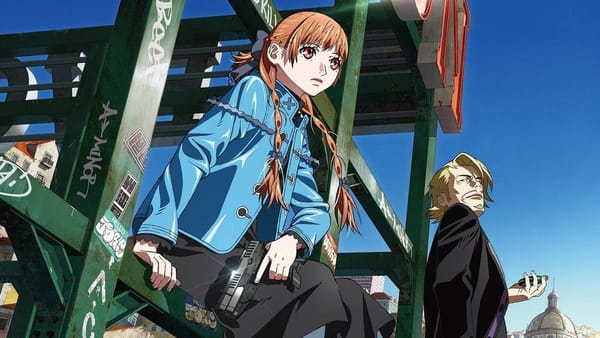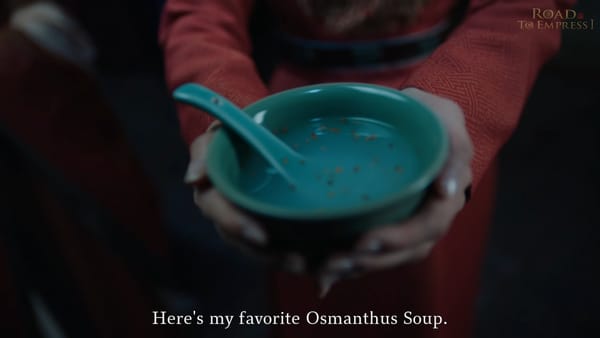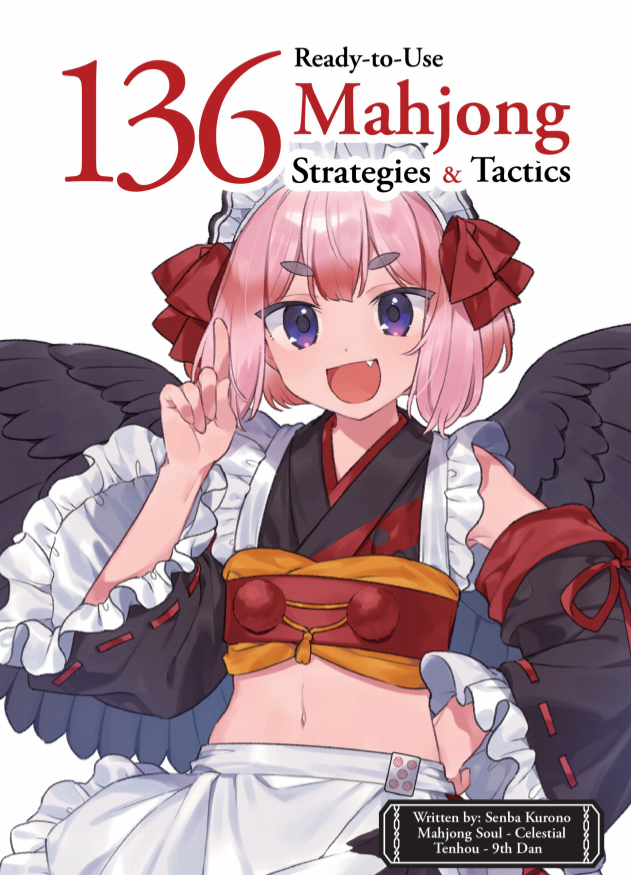If you watch an anime this year, make it Ranking of Kings
Am I wrong? No
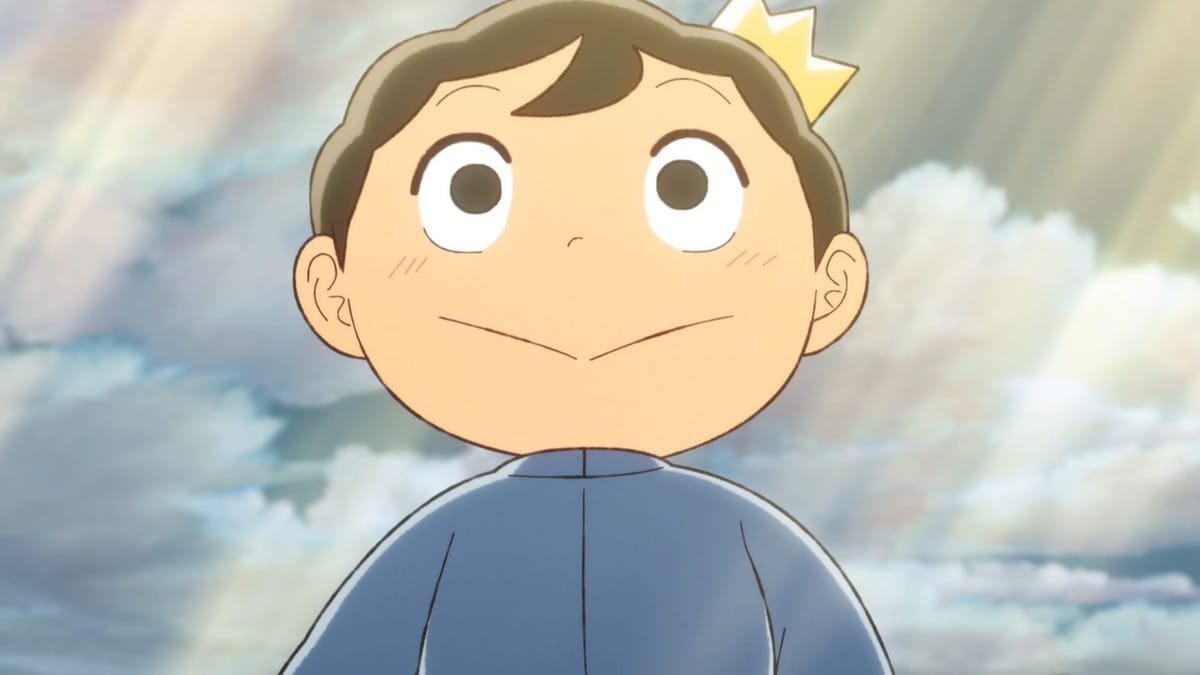
Heads-up: despite the cute fairy-tale art style, the young boy protagonist, and the shonen genre, Ranking of Kings is absolutely not something you should show to young kids. It contains intense violence, gore, graphic slaughter of innocents, and some truly horrific torture committed against children. It is not merely violent beyond a “Dragon Ball etc” level, but potentially traumatic. It doesn’t really indicate it’s going to go to those dark places until you’re deep into the story, so I thought I would drop a warning here.
When genius source material like Ranking of Kings (Sosuke Toka’s original manga) meets with a top-notch animation studio (WIT of Attack on Titan fame), the result is a rare treat indeed. Right off the bat I’m going to tell you that this is pretty easily my TV anime of the year.
Ranking of Kings starts from a traditional setting and a traditional framework— old RPG video games and shonen fighting manga, respectively. It twists and tweaks tropes and character types that you have certainly seen before, and forces you to see them from a different point of view. In many ways, Ranking of Kings feels like a nostalgic adult reckoning with memories of their childhood, in light of all they have experienced since.
I use the phrase “shonen fighting manga”, but this story is not about fighting: it’s about empathy.

That starts with the audience emphasizing with the protagonist, and Bojji is practically engineered so as to be impossible to dislike. The tiny underdog prince who can’t hear or speak sets out to prove his worth against the expectations of everybody around him, from his hulking giant father to his snooty stepmother to his guilty-to-be-disappointed sword master. By his side is his best buddy and interpreter Kage, a refugee from an exterminated clan of living shadows.
If you’re weak to a sob story, this one’s going to punch you in the face about as soon as it starts. After the first couple of episodes digs just a little bit at their backgrounds, the audience is firmly on the side of Bojji and Kage and quite possibly ready to take a bullet for either one of them.
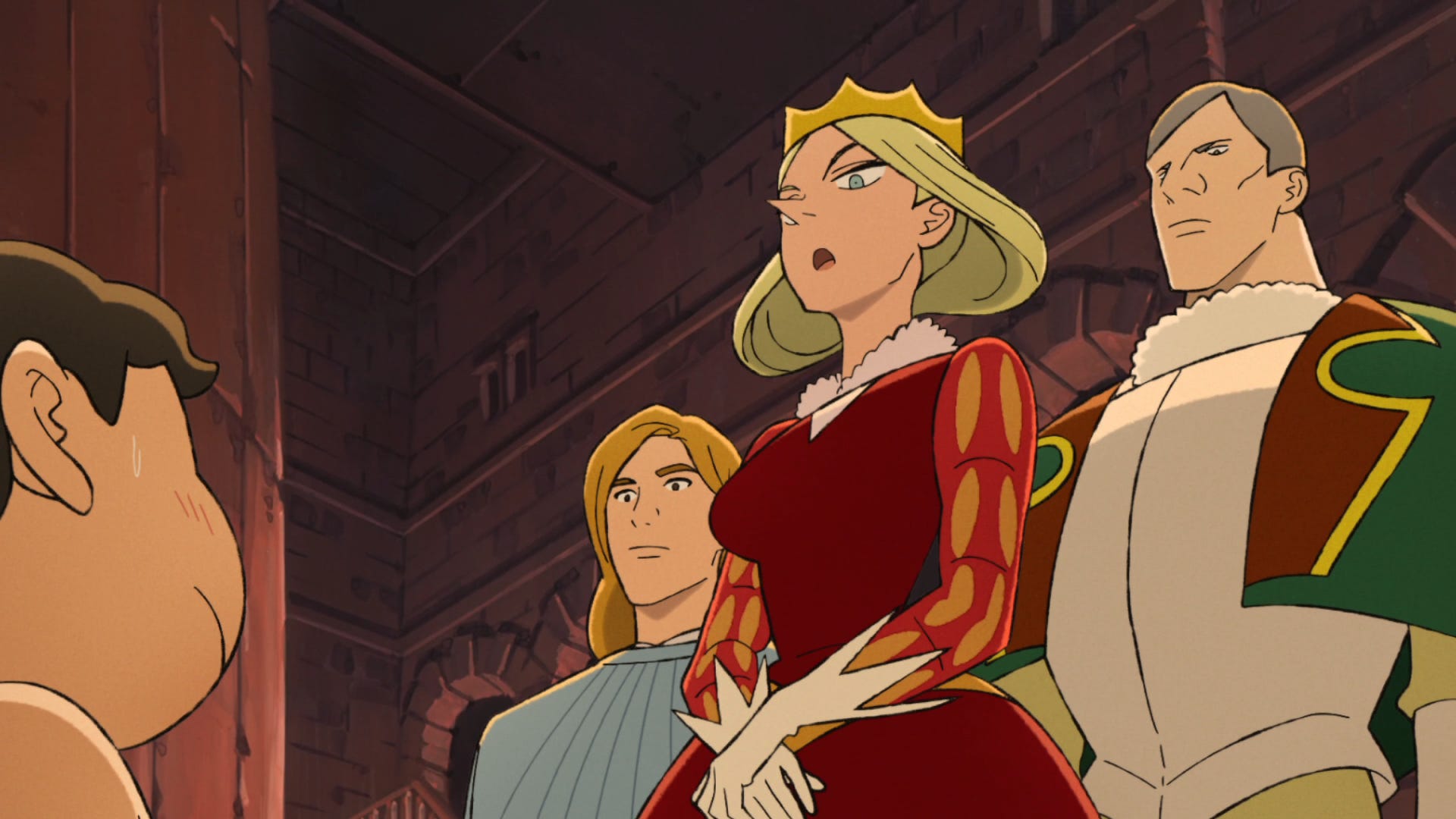
From there, the boys’ adventure takes us far and wide into their fairy-tale world— notably the underworld— and into a lot of other characters’ heads as we meet them. It’s in these portrayals where Ranking of Kings shows us the depth of its empathy. First impressions are always wrong in this series: the stepmother might indeed be snooty, but she’s also brave, tough, and a deeply loving mom. Heroic characters do truly evil things in service of their duty and their causes. Villains have trauma and complex— messy, irrational, human— motivations. Ranking of Kings never wants us to forget that its characters are fully-rounded, three-dimensional people, and that goes a really long way.
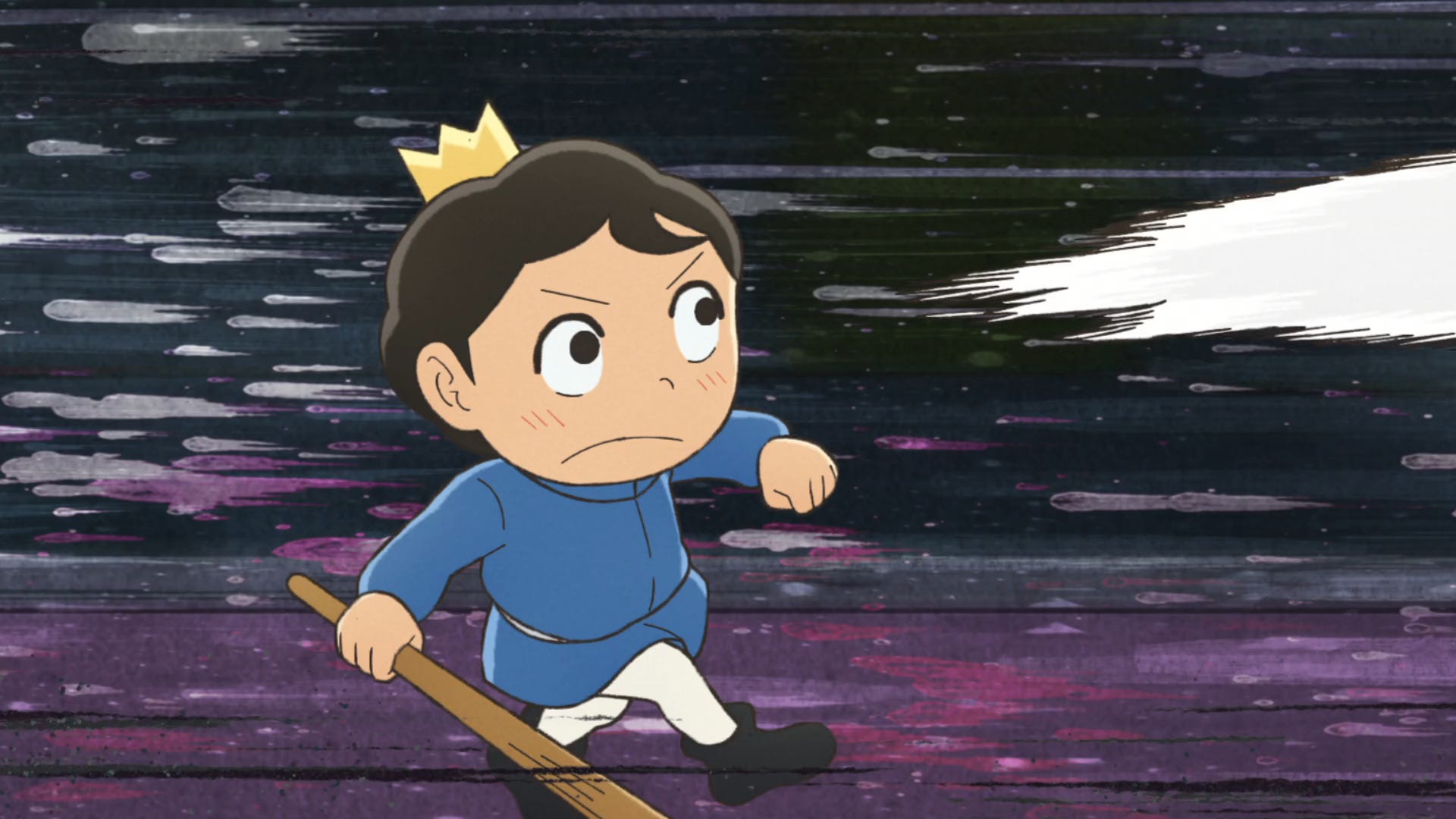
It takes a delicate touch to adapt this material to TV animation, and WIT manages to make the job look easy. The pillars of Ranking of Kings are backstory and battles, but the series never gets bogged down in one or the other. Each episode is densely packed, briskly paced, and contains at least one or two stunningly beautiful animation sequences that will knock you out of your chair. The final battle is in the running for the most impressive TV animation of the year.
The first season (12 episodes) of Ranking of Kings introduces us to the characters and the world, makes us fall in love with them, and sets up a major conflict over a kingdom in transition. The second season (11 episodes) brings all the players into the same space for a big ol’ Dragon Ball brawl against a succession of powerful foes and their puppet master.

Even when it’s doing a battle royale, Ranking of Kings’ sensitivity and its eye for personality shine through. The terrifying Ouken, clad head to toe in armor, is despite this one of the most darkly expressive characters I’ve seen in a long time. The creativity of the battles against this cursed immortal, as well as the bursts of shockingly detailed fight animation, make for a very entertaining second half.
There are spots where Ranking of Kings trips over its own philosophy of mercy. A major piece of backstory introduces a whole nation of inherently lazy, cruel and opportunistic people as a motivation for one of its villains’ fall. It’s a portrayal so broad and so contrary to this series’ merciful character that readers hotly debate whether it’s a political strawman.1
By the same token, it’s hard to accept the series’ tendency towards instant forgiveness and redemption when it comes to some of the series’ more monstrous villains. I can’t really talk about this without giving away the story, but rest assured that you’ll know it when you see it.2
But taken as a whole, Ranking of Kings is a truly brilliant work that you really shouldn’t miss, and the anime adaptation by WIT is the best introduction you could ever hope for. WIT’s a very busy studio (footnote: this coming season they are teaming up with My Dress-Up Darling studio CloverWorks for the extremely highly anticipated Jump adaptation and likely mainstream mega-hit SpyxFamily.), but I’m hoping they get back to Bojji and Kage soon. In the meantime I’ll be reading the manga.
This is a weird one. The manga only has sub-textual parallels to Japan’s colonization of Korea, but the anime appears to photo-reference Korea pre- and post-colonization. I am in the “????” column on the intent behind this, but also, the Gyakuza (that name, are you kidding?!) characterization remains a low point for a series that usually has much more nuanced writing than this. ↩
Those of you who have seen it: you already know what I’m talking about and this note is just here to confirm that to you. I mean, right?! ↩

